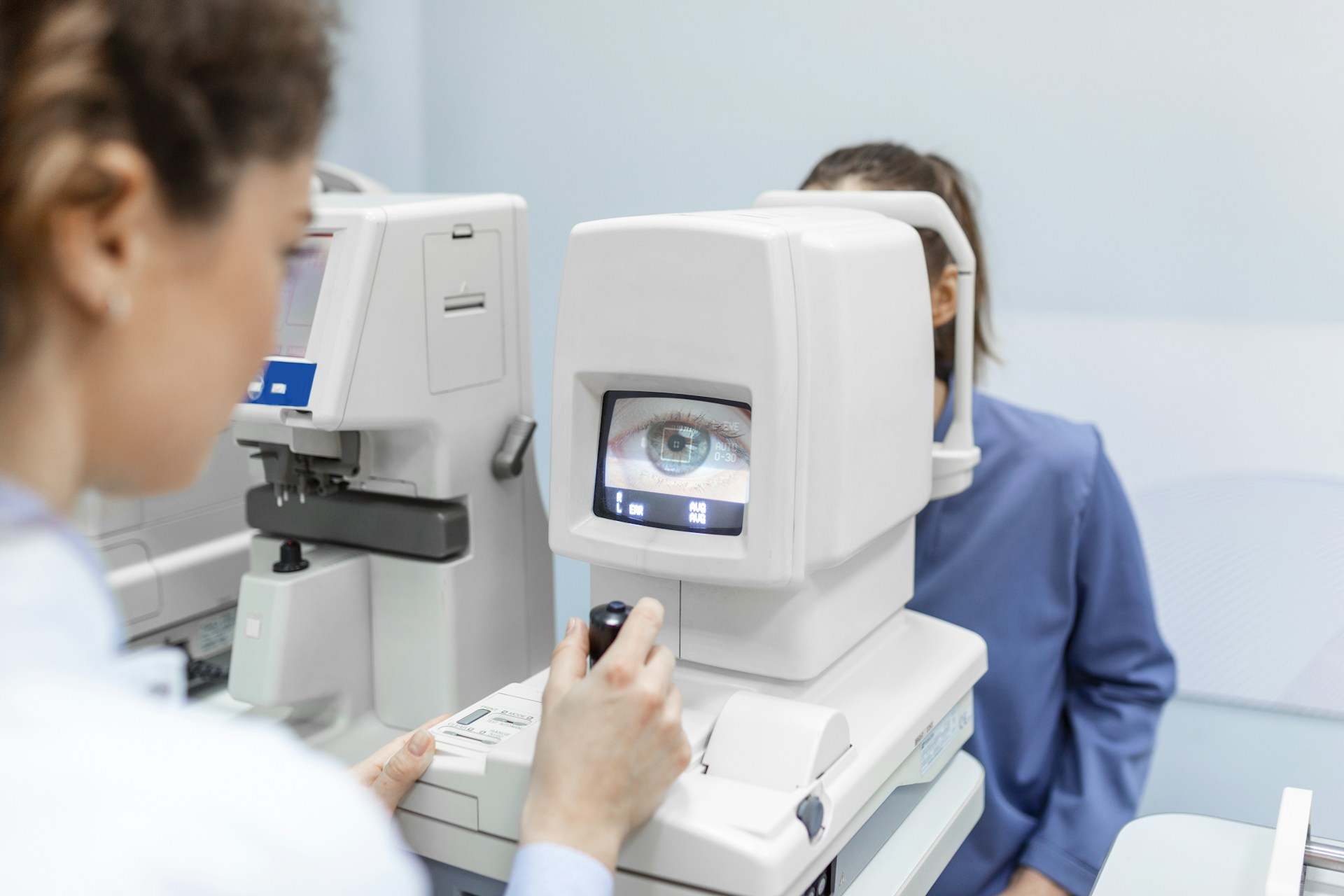Diabetic retinopathy is a common and serious eye complication affecting individuals with type 1 and type 2 diabetes. As high blood sugar levels damage the blood vessels in the retina, and the light-sensitive tissue at the back of the eye, diabetic retinopathy can lead to vision impairment and even blindness if left untreated. With millions of Canadians living with diabetes, understanding this prevalent eye condition has never been more critical.
At Valley Laser Eye Centre in Abbotsford, BC, our expert eye care professionals are dedicated to educating our patients about diabetic retinopathy, providing comprehensive eye examinations, and offering the most advanced treatment options to minimize the risk of vision loss. In this blog post, we will delve into the causes and symptoms of diabetic retinopathy, emphasize the importance of regular eye exams for diabetes patients, and explore the cutting-edge treatment options available at our clinic.
Exploring the Causes and Stages of Diabetic Retinopathy
High blood sugar levels can weaken and damage the blood vessels in the retina, leading to diabetic retinopathy. Prolonged or poorly controlled diabetes increases the risk of developing this eye condition, emphasizing the importance of proper diabetes management.
Diabetic retinopathy progresses through four stages:
- Mild Nonproliferative Retinopathy: At this stage, small areas of blood vessel bulging (microaneurysms) occur, which may leak fluid into the retina.
- Moderate Nonproliferative Retinopathy: As the disease progresses, blood vessels become blocked and the supply of nutrients and oxygen to the retina is compromised.
- Severe Nonproliferative Retinopathy: Further blockage of blood vessels occurs, prompting the retina to secrete growth factors to grow new but fragile blood vessels.
- Proliferative Retinopathy: In the most advanced stage, fragile new blood vessels grow on the retina’s surface and may leak blood, causing significant vision problems, retinal detachment, or eventual blindness.
Recognizing the Symptoms of Diabetic Retinopathy
Diabetic retinopathy often begins with no or minimal symptoms, making it crucial for individuals with diabetes to undergo regular eye examinations. However, as the condition progresses, symptoms may appear, including:
- Blurred or fluctuating vision
- Spots or floaters in the visual field
- Dark or empty areas in the visual field
- Difficulty seeing at night
- Diminished colour perception
If you experience any of these symptoms, it’s essential to consult an eye care professional for a comprehensive evaluation and appropriate intervention.
Emphasizing the Importance of Regular Eye Examinations for Diabetes Patients
Individuals with diabetes must prioritize regular eye exams to ensure optimal eye health and early detection of diabetic retinopathy. Eye examinations at Valley Laser Eye Centre include:
- Visual Acuity Test: This test uses a standardized eye chart to assess an individual’s visual acuity at various distances.
- Pupil Dilation: Dilating eye drops enlarge the pupil, allowing for a better examination of the retina and blood vessels.
- Optical Coherence Tomography (OCT): This non-invasive imaging test captures detailed cross-section images of the retina, providing valuable information about its structure.
By scheduling regular eye examinations, diabetes patients can proactively manage their eye health and mitigate the risks associated with diabetic retinopathy.
Advanced Treatment Options for Diabetic Retinopathy at Valley Laser Eye Centre
Early detection and timely intervention are vital to minimize vision loss due to diabetic retinopathy. At Valley Laser Eye Centre, we offer several advanced treatment options, including:
- Laser Treatment: Photocoagulation is a laser treatment that targets and seals leaking blood vessels to minimize fluid accumulation in the retina, preventing further vision loss. Additionally, pan-retinal photocoagulation treats extensive areas of retinal damage by shrinking abnormal blood vessels.
- Intravitreal Injections: Medications such as anti-vascular endothelial growth factor (Anti-VEGF) agents can be injected directly into the eye’s vitreous gel to impede the growth of new blood vessels and reduce leakage from existing vessels.
- Vitrectomy: In advanced cases of proliferative retinopathy, a vitrectomy procedure may be recommended to remove blood and scar tissue from the vitreous, helping restore vision and prevent retinal detachment.
Our experienced Valley Laser Eye Centre team will evaluate your circumstances and recommend the most suitable treatment option for your specific needs.
Conclusion
Understanding the causes, symptoms, and stages of diabetic retinopathy is crucial for individuals with diabetes to maintain their eye health and prevent vision loss. At Valley Laser Eye Centre in Abbotsford, BC, our comprehensive eye examinations, personalized care, and advanced treatment options equip patients with the tools and knowledge they require to manage their condition effectively.
Our team at Valley Laser Eye Centre is committed to delivering a seamless vision clinic experience, guiding you through understanding diabetic retinopathy and offering personalized care tailored to your eye health needs. Schedule a consultation with our skilled ophthalmologists in Abbotsford to discuss your concerns and explore the most appropriate treatment options for diabetic retinopathy. Trust Valley Laser Eye Centre to support you on your journey towards optimal visual health and well-being.
Disclaimer: This blog post does not replace medical advice and should not be implemented before consulting a fully certified medical professional.





